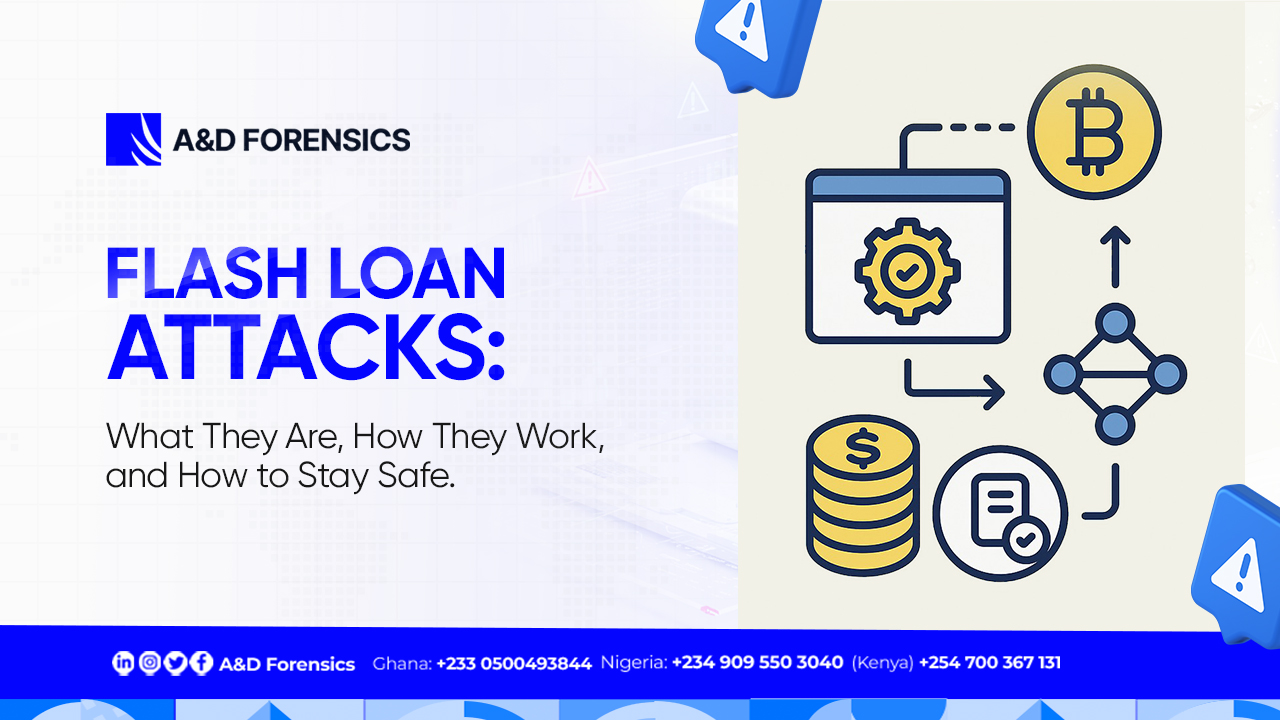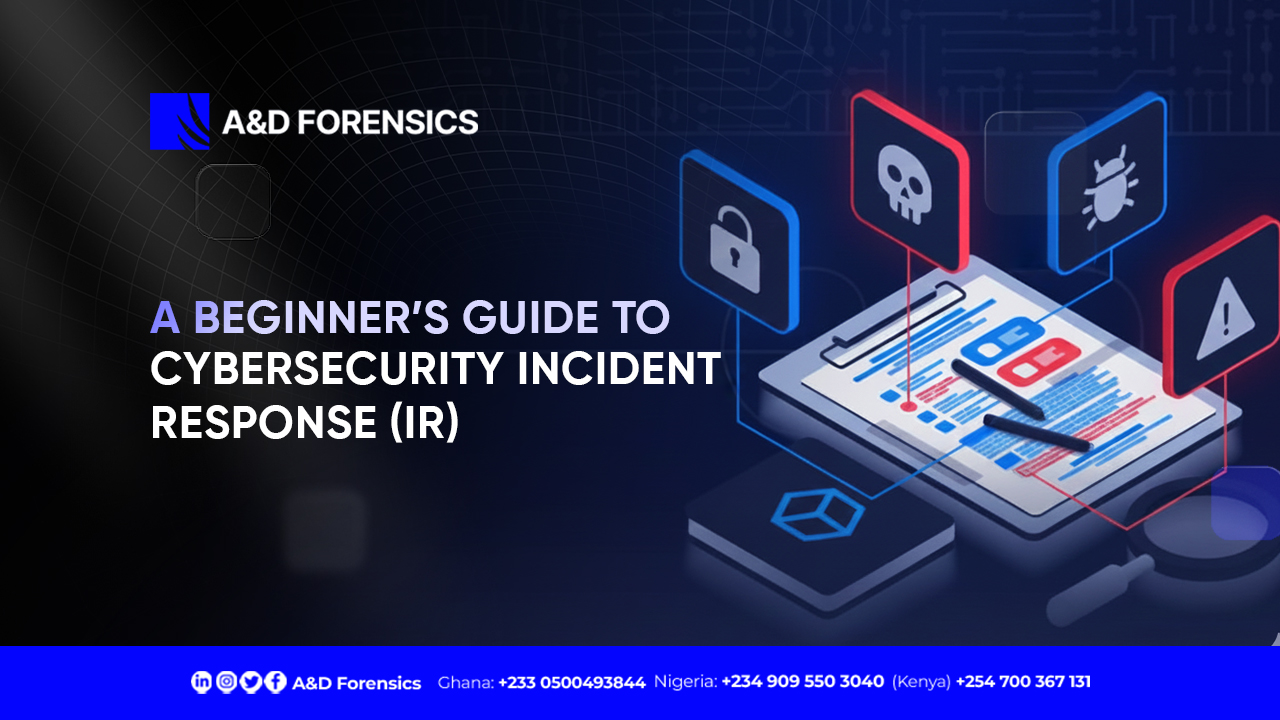A flash loan, when applied to cryptocurrencies and blockchain-based applications (especially on such platforms as Ethereum), is a method of borrowing an amount of cryptocurrency, worth millions of dollars, without the need to provide collateral. The main precondition is that borrowing and repayment of the loan should take place within the framework of the same transaction, and this takes only several seconds. Provided repayment does not occur, the transaction is reversed, as though it did not take place. This can be facilitated by the velocity of blockchain technology, which has the capacity to complete various activities such as borrowing, trading, and repayments within one atomic transaction. Mirror loans are also known as flash loans in the sense that they are often used in decentralized finance (DeFi), such as Aave or Uniswap.
What is a Flash Loan Attack?
A flash loan attack occurs when a malicious actor exploits a flash loan to manipulate a DeFi system for profit. By borrowing vast amounts of cryptocurrency without collateral, the attacker can influence markets or exploit vulnerabilities in DeFi protocols, often causing losses for others. The process can be likened to borrowing a large sum to temporarily distort a system, extract gains, and exit before consequences arise.
The typical steps of a flash loan attacks are as follows:
- Borrowing a Large Sum: A massive amount of cryptocurrency (e.g., $10 million in Ethereum or stablecoins) is borrowed via a flash loan using smart contracts, without needing any initial assets.
- Market Manipulation: The borrowed funds are used to disrupt a DeFi platform, such as flooding a decentralized exchange (e.g., Uniswap) with trades to artificially inflate or deflate a token’s price, creating a false market value.
- Exploiting Vulnerabilities: While the price is distorted, another DeFi protocol that relies on this price is targeted. For example, valuable tokens might be borrowed using the manipulated price as leverage, or tokens swapped for profit.
- Repaying and Profiting: The original loan (plus a small fee) is repaid within the same transaction, ensuring compliance with the flash loan’s rules. The profits gained from the manipulation remain with the attacker.
- Consequences: The affected DeFi protocol or its users suffer losses, such as drained funds or crashed token prices.
Why Are Flash Loan Attacks a Concern?
Flash loan attacks pose a significant threat because they exploit the open, trustless nature of DeFi. No large capital is required, only technical knowledge to execute sophisticated attacks. These attacks can deplete protocol funds, destabilize token prices, or disrupt entire DeFi ecosystems, akin to a rapid, calculated heist enabled by blockchain’s speed.
A Simplified Example
Consider a small market where apples and oranges are traded, and apple prices fluctuate based on trading volume. A large sum is borrowed instantly to buy all available apples, inflating their price significantly. These overpriced apples are then used as collateral to borrow valuable oranges from another market stall. The oranges are sold for profit, the apples are sold back to normalize prices, and the loan is repaid, leaving the market disrupted but the attacker richer. In DeFi, this manipulation occurs with tokens and smart contracts, following a similar principle.
Real-World Impact
Flash loan attacks have caused significant damage in DeFi. For instance, in 2020, an attacker exploited a pricing vulnerability in the bZx protocol, profiting $350,000. In 2021, PancakeSwap suffered a multimillion-dollar attack due to price manipulation. These incidents highlight how small flaws in code or pricing mechanisms can be leveraged for substantial gains.
How to Mitigate Risks?
To reduce exposure to flash loan attacks, DeFi users and platforms can take precautions:
- Use Reputable Platforms: Opt for well-audited DeFi protocols with strong security records.
- Monitor for Risks: Platforms offering unusually high returns with minimal oversight may be vulnerable.
- Diversify Investments: Spreading assets across multiple protocols can limit potential losses.
How to Stay Safe from Flash Loan Attacks.
- Keep Contracts Simple: The more complex your smart contract, the more potential points of failure. Keep functions modular, minimize dependencies, and avoid unnecessary complexity that could introduce bugs attackers can exploit.
- Monitor and Set Alerts: Use tools like The Graph or custom monitoring scripts to watch for unusual activity, such as sudden large trades or abnormal balance changes. Set up instant alerts so you can respond before damage spreads.
- Educate Your Users: If you’re building a DeFi protocol, transparency is key. Inform users about potential risks, encourage them to use well-audited platforms, and promote asset diversification to reduce exposure.
- Stay Ahead of Threats: Attackers are constantly evolving their tactics. Keep up with the latest DeFi security news, participate in Ethereum security forums, and follow credible DeFi security experts on X for real-time updates.
Why Do Flash Loans Attacks Persist?
Flash loans are not inherently malicious. They serve legitimate purposes, such as arbitrage (buying low and selling high across markets) or quick collateral swaps. However, their accessibility makes them a tool for exploitation. The open nature of DeFi complicates efforts to restrict their use without undermining the system’s core principles.
Conclusion
A flash loan attack involves borrowing a large sum of cryptocurrency instantly, manipulating DeFi systems for profit, and repaying the loan within seconds, often leaving financial disruption. By exploiting blockchain’s speed and flexibility, these attacks highlight vulnerabilities in DeFi protocols. Understanding their mechanics can aid in navigating the DeFi landscape more safely.






